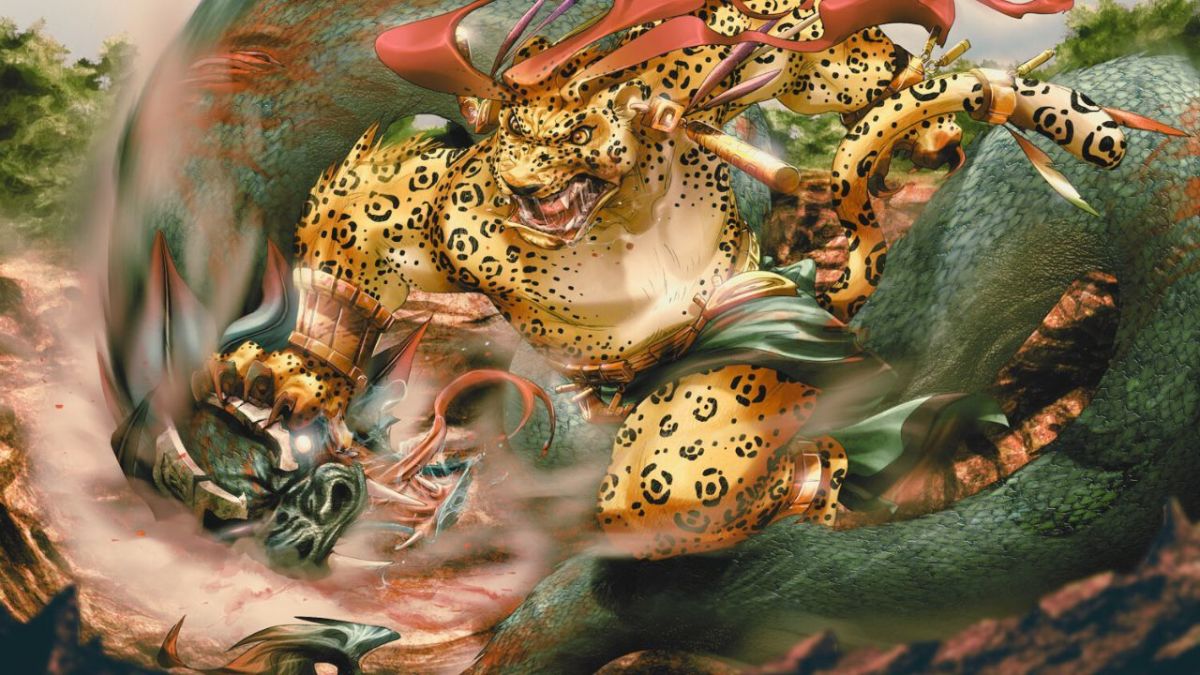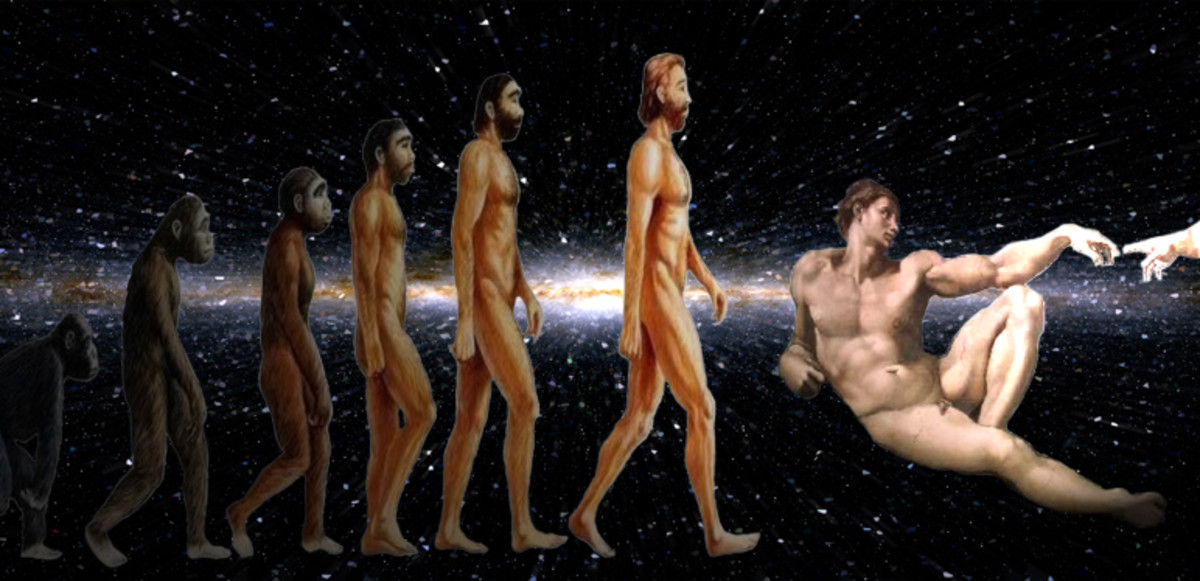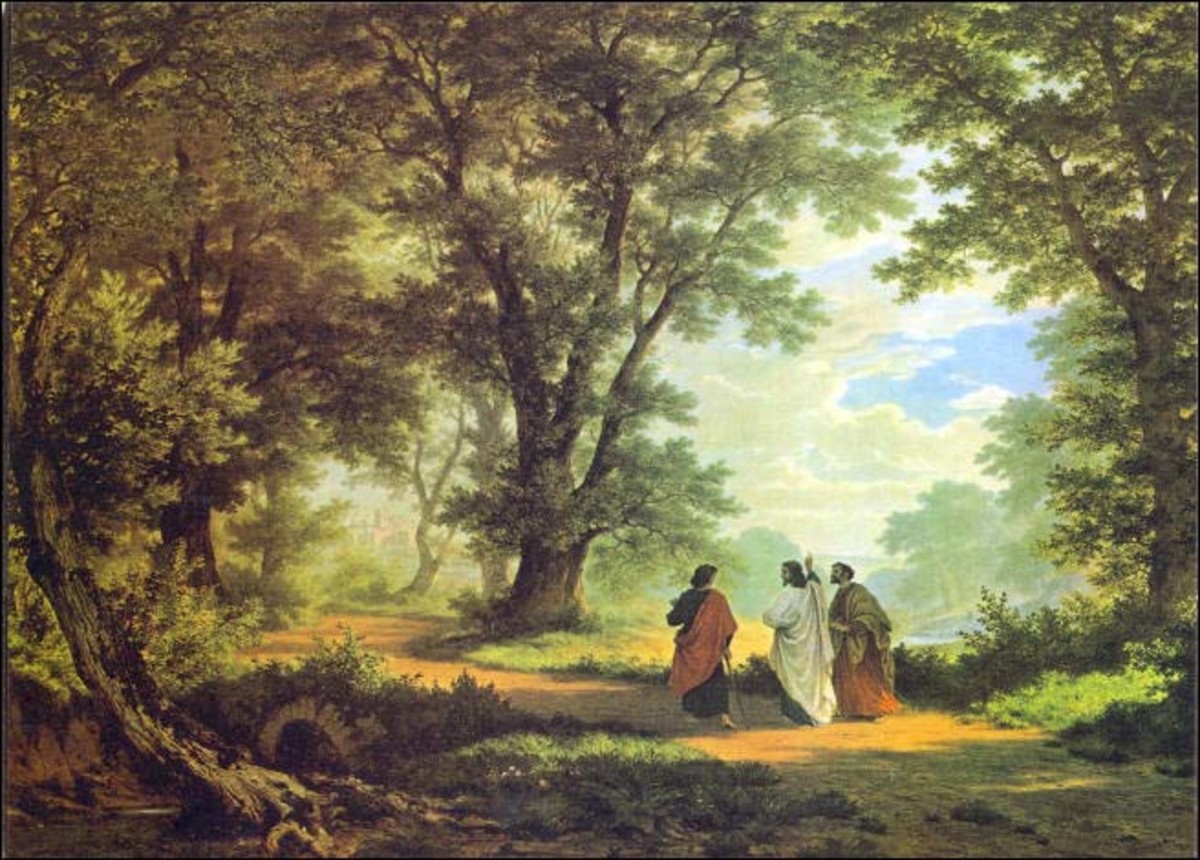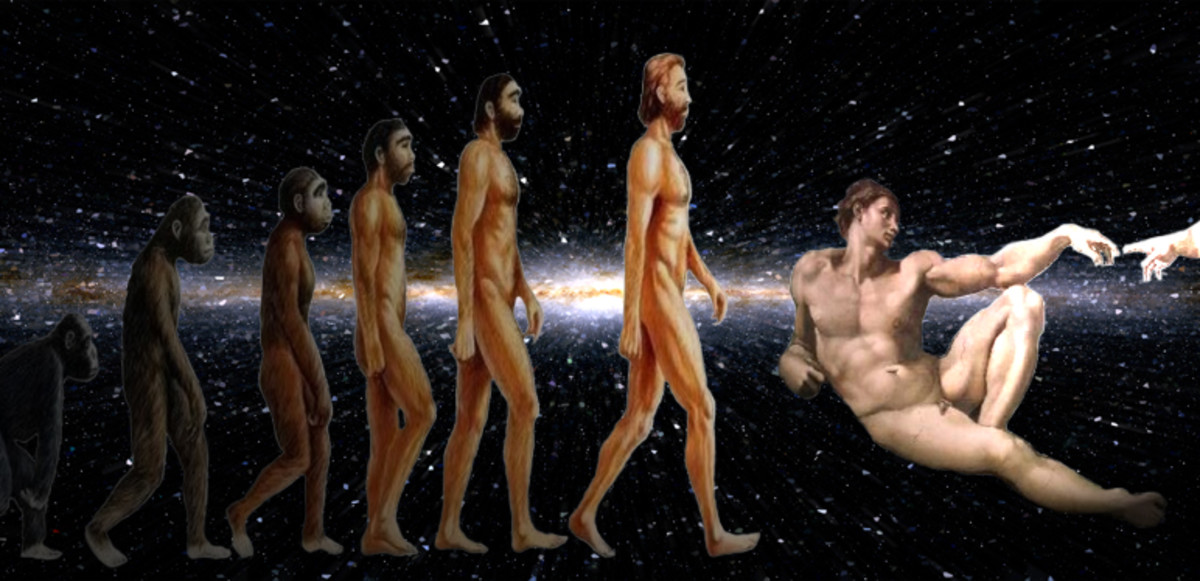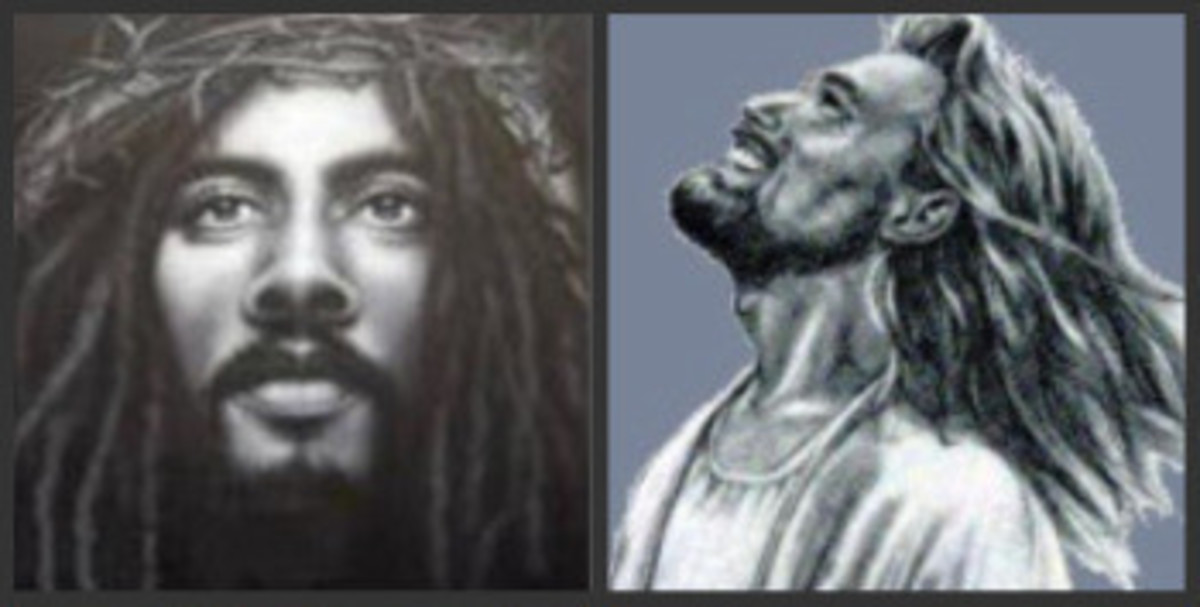Should the Creation Story Matter? (Part Three)
The Fourth Act of Creation
Parts One and Two of this article series covered the first three days of Creation, focusing on the forces of tohu and chosek and the raqiya and owr that God replaced them with, as well as the zera, the life-providing seed, that symbolized God's provision for the future.
Rewinding to Genesis 1:2, you should remember from Part One of the series that there was a third entity mentioned alongside tohu and chosek: the vohu, or void. With the forces of chaos and the misery of darkness overcome, the remaining days of Creation will be dedicated to filling that void.
The fourth day picks up in Genesis 1:14, with God creating מָאוֹר (ma'owr: lights) in the רָקִיעַ (raqiya) of heaven. Both of these words should look familiar to you by now: the raqiya, or firmament, was created on the second day to divide the waters - God is now filling the space He created. The word ma'owr uses the exact same characters as the word owr that we saw in verse 3, except now it has a prefix and refers only to physical light. This is the main supporting factor in the line of thinking that owr represents more of a spiritual light than a physical light.
Whatever the case, God has quite a list of instructions for this new source of light in His Creation. In verses 14-15 he declares that they will:
- Divide the יוֹם (yowm: day) from the לַיִל (layil: night).
- Be used for אוֹת (owth: translated 'signs'), מוֹעֵד (mow'ed: translated 'seasons'), for yowm, and for שָׁנָה (shaneh: years).
- Give owr to the אֶרֶץ (erets: earth).
The words yowm and layil were covered briefly in Part One of this article series; there are a few different points of view as to why these are associated with both owr and ma'owr immediately upon their respective creations. My personal stance is that Genesis 1:5 deals with a figurative day and night, and verse 14 deal now with the movement of physical heavenly bodies, but there are other arguments.
Signs and Wonders?
Of particular interest is God's declaration that the stars will be used for signs, or signals. The word owth has a few different meanings associated with it: it refers to military banners and insignia; miraculous signs, warnings, and omens; and tokens or symbols. The lattermost definition is seen in passages like Gen 4:15, where God sets an owth upon Cain as a physical warning against the retribution of God, and in Gen 9:12-17 when God sets an owth in the sky as a symbol of His covenant with Noah to never flood the earth again. As to miraculous signs, owth is used extensively in Exodus chapters 3-10 when Moses and God discuss freeing the Israelites from Pharaoh (see Ex 4:8, 7:3, 10:1-2).
For those of you whose minds jumped immediately and uncomfortably to astrology, well... that is definitely one possible interpretation of this passage. Based on the word owth itself, as well as its usage throughout the Bible, I think it would be presumptuous to rule out the idea that God communicated with His people through the stars based on tradition or upbringing.
So does that mean God has written His will across the heavens for our interpretation? To be frank, God could have written the entirety of His plan for Creation on the shell of a sea turtle a thousand years ago and none of us would ever know - His ways are His ways, whether or not He behaves in the way we would expect Him to. That being said, I personally consider it unlikely that we as Christians are called turn our attention to the stars and try and derive a message from their movements every time we face a problem or seek guidance; it just doesn't seem consistent with the unified message of the Bible.
For those of you rubbing your hands together and saying "poppycock!", though, I would encourage you to consider keeping an open mind. One of the most critical stories of the Biblical narrative, the birth of Jesus Christ, features God issuing a heavenly symbol to communicate to the Magi that Jesus was being born. He didn't exactly make it hard for them to interpret His message, placing a giant star smack over the town of Bethlehem like that, but the point of fact is that this could be considered an astrological symbol. I think it's important to remember that God is God: He isn't limited in His options for communicating with His Creation, and if God can is willing to set a flour cake on fire to prove His presence (Judges 6:11-21), I see no reason why using the stars would be considered 'foul play' when it comes to sending messages to humanity.

Some Bible translations correlate the words owth and mow'ed (seasons); this may not be entirely inappropriate, as the literal translation of the latter word is 'appointed times'. The fact that the word yowm (day) appears twice in this verse may be indicative of a variation in its intended use. First, yowm is used in accompaniment with the word layil (night); then in conjunction with shaneh (year; figuratively, an age of time). Thus, one could assume that the first use of yowm in Gen 1:14 is used to show the movement of ma'owr on a short (i.e. 24-hour) time frame, and the second use is to show their movement over many years, since the position of the stars relative to the earth has changed throughout the millennia. Finally, the ma'owr is to give owr to the erets - the translation of owr in verse 15 should probably take the physical rather than metaphorical definition of the word.
Lastly, God creates the 'gadowl ma'owr' (greater light) and the 'qatan ma'owr' (lesser light) to rule the day and night, respectively. Interestingly, both גָּדוֹל (gadowl) and קָטָן (qatan) carry pronounced implications of rank: gadowl means great in importance as well as in size, while qatan comes from a root literally meaning diminutive and can itself be translated as insignificant as well as small.
After all this, God sets the ma'owr in the raqiya of heaven. The fourth act of Creation, the description of which takes the most amount of verses of all the acts of Creation except that of animal and man, is complete.
The Fifth Act of Creation
The parallel between the first and fourth days of Creation is pretty hard to miss. On the first day, God said 'Let there be light'; on the fourth day, he created the sun, moon, and stars. There may be something to pay attention to here: the words tohu and vohu are tied together in Genesis 1:2, in the phrase tohu-ba-bohu (pronounced tohu-va-vohu). The first three days of Creation, as we have seen, deal primarily with God's subjugation of tohu; I already mentioned the second set of three days focuses on God filling the vohu. In other words, in each of these cases, God spends three days overcoming a force that is antithetical to His will for Creation. Bear this pattern in mind, as I'll be circling back to it in the fourth and final article of this series.
Another interesting thing to notice is, although the first set of three days of Creation opens with a 'creation-by-separation' method, the second set of three begins with a 'creation-by-differentiation' technique (greater light from lesser lights). We are about to see this again, when God fills the raqiya and the mayim.
Genesis 1:20 details the creation of both the fish of the sea and the fowl of the air: both the space and the water teem with life, differentiated according to its own kind. Verse 21 essentially reiterates the message of verse 20, but with a very interesting inclusion: almost every translation of the Bible agrees that in this verse God created sea monsters.
So... Nessie? The rationalists among us will roll their eyes, or perhaps point to now-extinct dinosaurs as explanation for this passage. The actual Hebrew phrase used here is גָּדוֹל תַּנִּין (gadowl tanniyn); the first word is the same used to describe the sun (great, in size and/or significance), and the second appears in the Bible only 28 times, of which it is translated (in the KJV Bible) as 'dragon' 21 times. The only purpose highlighting this phrase serves is to foster conjecture, and it is more than likely that if the Creation story is meant to be taken literally, this refers to a dinosaur-like creature or simply a huge whale. But, I have to admit, the idea of vast sea-dragons does stoke a somewhat Tolkien-esque sense of excitement and wonder in me. It's a fun notion, if nothing else.
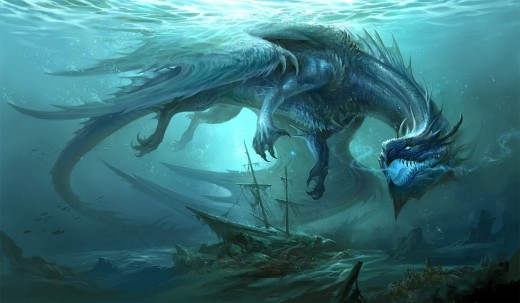
Summary
This brings us to the sixth and penultimate day of Creation. So far we have seen two major patterns: first, a mirror image between the first set of three days (in which God deals with tohu), and the second set (in which God deals with vohu); second, a distinct variance in the way in which God brings His Creation to life. The fourth day, in which God creates the sun, moon, and stars, runs parallel to the creation of owr on the first day, but here God creates by differentiating the light from itself rather than by separating it from darkness. On the fifth day, God fills the raqiya He created on day two with all manner of moving creatures; again, rather than being created by separation, this life is created and then differentiated from itself.
By noticing this pattern, we should be able to draw some conclusions about what is going to happen on the sixth day. Firstly, the third day of Creation featured both a creation-by-separation (land from water) and a creation-by-differentiation (seed-from-seed); it seems plausible that we can expect something similar to occur on day six. Second, the third day was all about tending to the future of Creation by ensuring that the forces of tohu would always be held at bay by the life-giving seed, zera. Given that, we should expect to see some sort of provision for the future on the sixth day as well.

